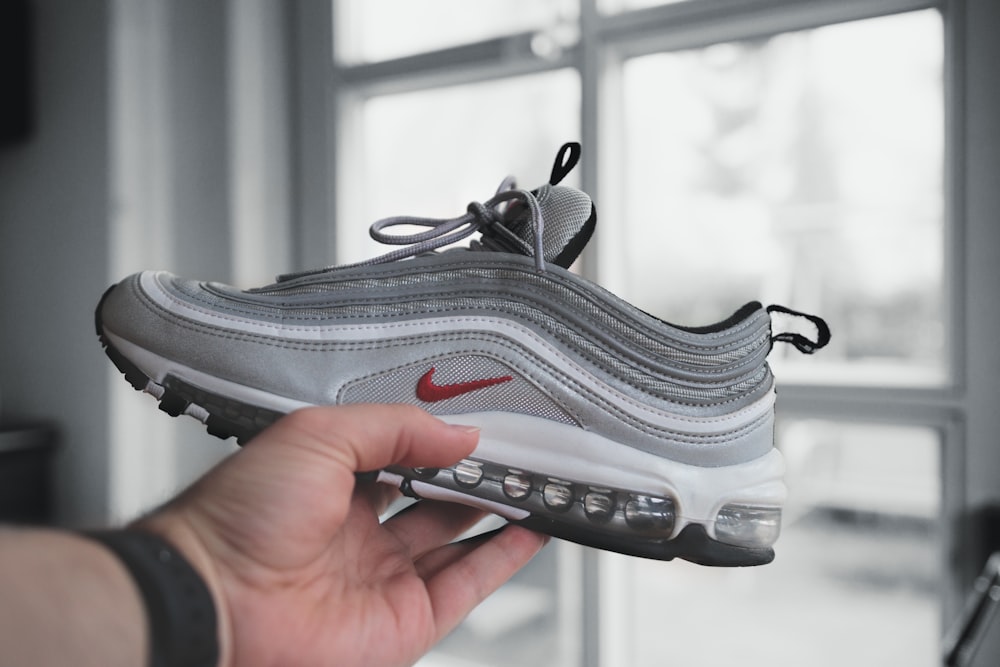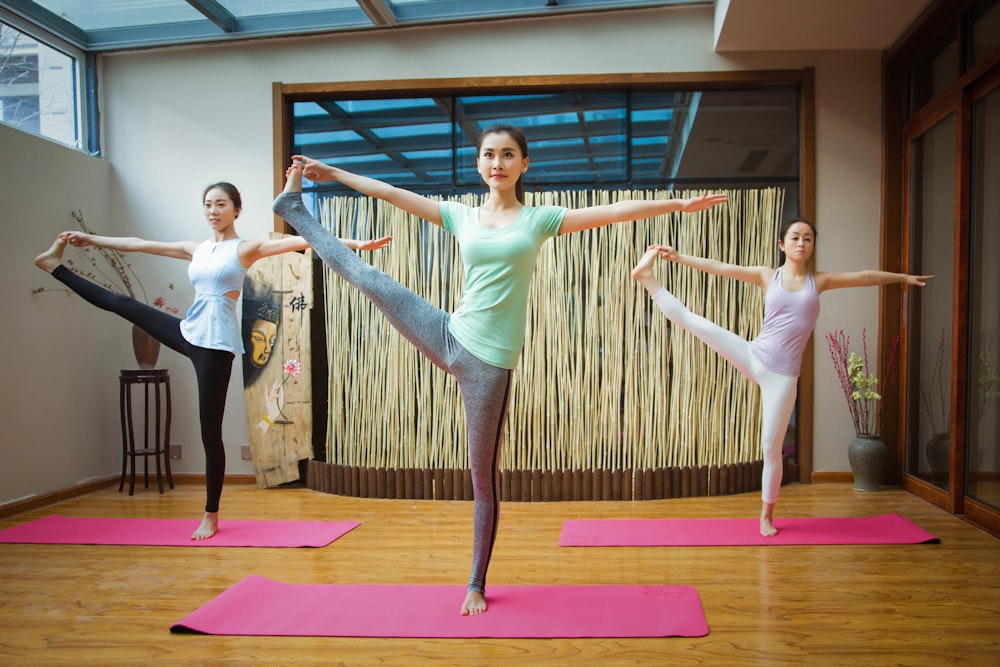Boost Muscle Recovery with Foam Rolling Techniques
Boost Muscle Recovery with Foam Rolling Techniques
Understanding Foam Rolling
Foam rolling has gained popularity as a self-myofascial release technique used to improve muscle recovery and flexibility. Understanding how foam rolling works can help you maximize its benefits for your fitness journey.
Benefits of Foam Rolling
One of the primary benefits of foam rolling is its ability to increase blood flow to targeted muscles, aiding in faster recovery and reducing muscle soreness post-workout. Additionally, foam rolling helps release muscle tension and improve joint mobility.
Foam Rolling Techniques
To effectively use foam rolling for muscle recovery, it’s essential to learn proper techniques. Start with gentle pressure and gradually increase intensity as your muscles adapt. Focus on areas of tightness or soreness, rolling slowly and pausing on trigger points.
Targeted Muscle Relief
Foam rolling allows you to target specific muscle groups, such as the calves, hamstrings, quadriceps, and back muscles. By applying pressure to these areas, you can release knots and tightness, promoting better muscle function and recovery.
Incorporating Foam Rolling into Your Routine
Integrating foam rolling into your post-workout routine can enhance recovery and prevent muscle imbalances. Consider adding foam rolling sessions after intense workouts or as part of your cooldown routine to reap its benefits fully.
Advanced Foam Rolling Strategies
As you become more familiar with foam rolling, you can explore advanced techniques and tools such as foam rollers with varying densities, massage balls, and vibrating foam rollers. These tools can provide deeper muscle relief and enhance recovery.
Foam Rolling for Injury Prevention
Regular foam rolling can also contribute to injury prevention by improving muscle flexibility and reducing the risk of overuse injuries. Incorporate foam rolling into your prehabilitation routine to keep your muscles healthy and resilient.
Consistency is Key
Like any recovery technique, consistency is key to seeing results with foam rolling. Aim to foam roll regularly, ideally a few times a week, to maintain muscle health, improve recovery, and optimize performance.
Listening to Your Body
While foam rolling can be highly beneficial, it’s essential to listen to your body’s signals. Avoid overdoing it or applying excessive pressure that causes pain. Instead, focus on gentle yet effective foam rolling techniques that promote relaxation and recovery.
Maximizing Foam Rolling Benefits
By combining proper technique, consistency, and listening to your body, you can maximize the benefits of foam rolling for muscle recovery, flexibility, and overall fitness. Incorporate foam rolling into your routine and experience the difference it can make in your fitness journey. Read more about Foam rolling for muscle recovery










